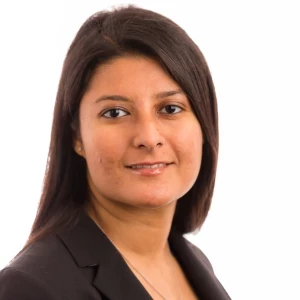Hi,
does a fixed and variable cost perspective in Banking make sense, i.e., what would be the variable that a bank considers for their “variable” costs (e.g., number of customers, $ deposited)? Or would a direct vs indirect cost perspective make more sense, e.g., costs directly related to a specific service/product?
If a banking expert could shed some light on this, I would really appreciate it:-)
















(all numbers approximated)
Compensation expense: $38B
Non-compensation expenses:
-- Occupancy : $4.5 B
-- Technology, communications and expenses: $9.9B
-- Professional and outside services: $9.8B
-- Marketing : $3.0B
-- Other: $5.4B
Total expenses (non interest): $71B
Clearly, compensation is the single biggest cost item (53%). It is a variable cost